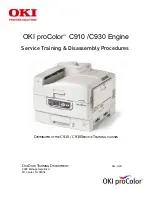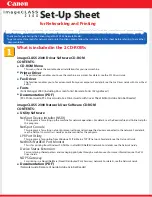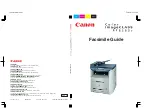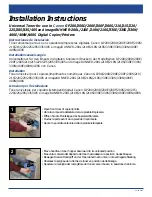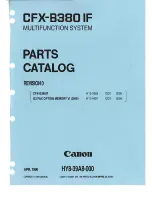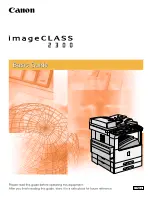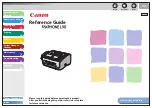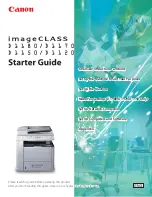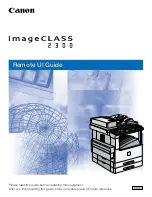
Operator Guide
4- 3
Maintaining the system
Conditioning paper
Because temperature and humidity affect paper performance in
the printer, you need to condition paper before using it. To
condition paper, store it for a specified length of time in the same
type of environment as your printer.
The length of time you should condition your paper depends on
the amount of paper and the difference between the storage and
operating temperatures.
Use the following chart to determine the number of hours needed
to condition stacked cartons of paper.
NOTE: The numbers in the top two rows indicate the temperature
difference between the storage area and the operating
environment, not actual room temperatures.
Table 4-1
Temperature and hours needed to condition paper
Example: If you want to move ten cartons of paper from a storage
area with a temperature of 90
o
F to an operating area with a
temperature of 70
o
F (a 20
o
difference), you should do so at least
18 hours before using the paper.
Paper curl
Before the manufacturer cuts paper into sheets, it is stored on
large rolls. After it is cut and packaged, it retains some of the curl
from the rollers.
Although it is unnecessary to load paper with the curl facing up or
down, best results occur when you are consistent. For example, if
you open paper with the wrapper seam up, always load it in the
tray that way.
Temperature difference between storage and operating areas
Fahrenheit
10
o
15
o
20
o
25
o
30
o
40
o
50
o
Centigrade
5.5
o
8.5
o
11
o
13
o
17
o
22
o
28
o
Cartons Hours needed to condition the paper
1
4
8
11
14
17
24
34
5
5
9
12
15
18
25
35
10
8
14
18
22
27
38
51
20
11
16
23
28
35
48
67
40
14
19
26
32
38
54
75
Summary of Contents for DocuPrint 100 EPS
Page 1: ...operator Xerox DocuPrint 100 115 135 180 EPS 701P24790 April 2005 guide...
Page 16: ...xiv Operator Guide Introduction...
Page 54: ...1 38 Operator Guide Overview...
Page 60: ...2 6 Operator Guide Managing the printer Figure 2 7 Rear and side guides in trays 3 4 5 and 6...
Page 66: ...2 12 Operator Guide Managing the printer...
Page 80: ...3 14 Operator Guide Managing the system...
Page 121: ...Operator Guide 5 19 Troubleshooting Figure 5 4 Area 3 Figure 5 5 Area 4...
Page 122: ...5 20 Operator Guide Troubleshooting Figure 5 6 Area 5...
Page 123: ...Operator Guide 5 21 Troubleshooting Figure 5 7 Area 6...
Page 124: ...5 22 Operator Guide Troubleshooting Figure 5 8 Area 7...
Page 130: ...5 28 Operator Guide Troubleshooting Figure 5 17 Area 16 Figure 5 18 Area 17...
Page 140: ...5 38 Operator Guide Troubleshooting Figure 5 28 Hold printed sheets...
Page 141: ...Operator Guide 5 39 Troubleshooting Figure 5 29 Paper curl chart...
Page 154: ...A 6 Operator Guide Supplies...
































